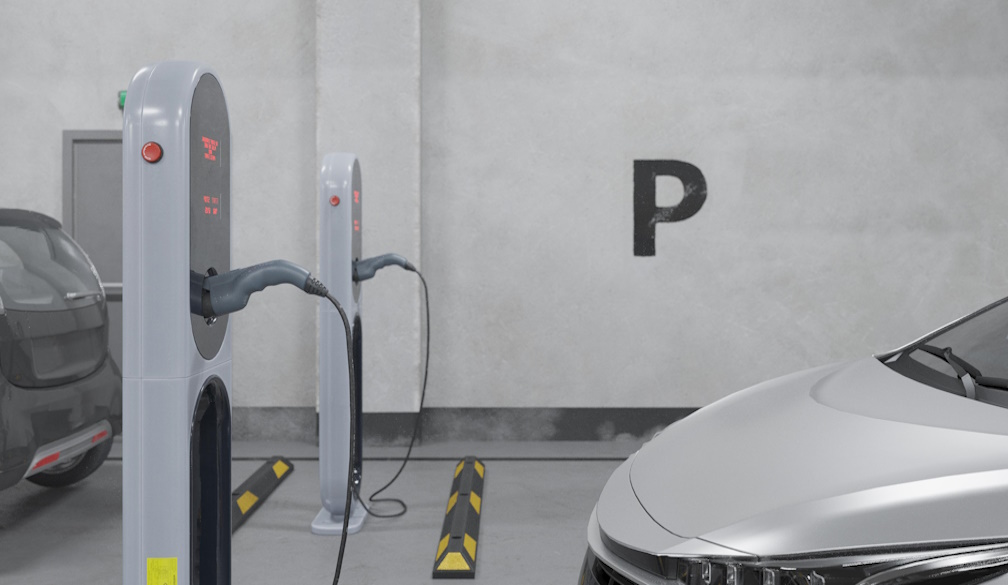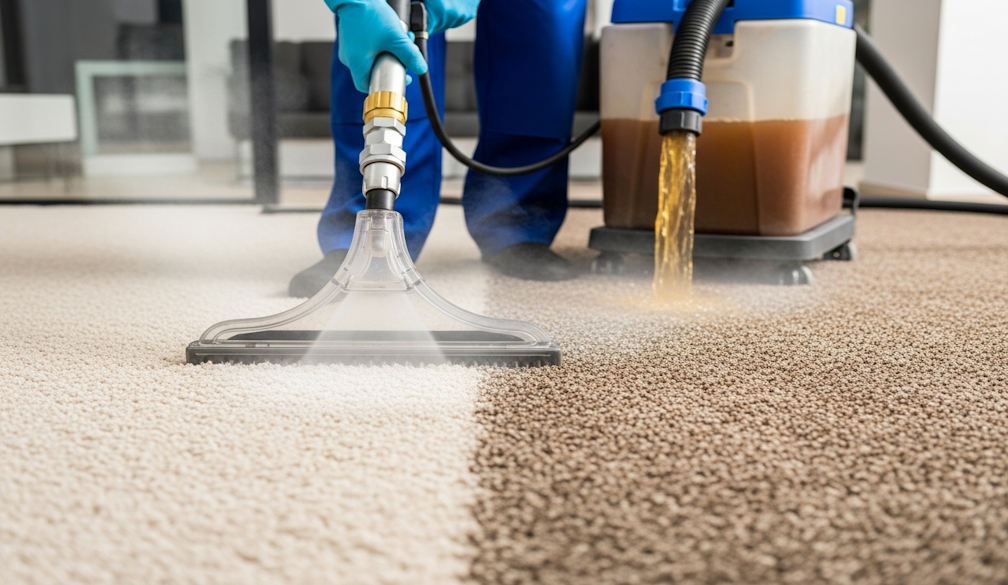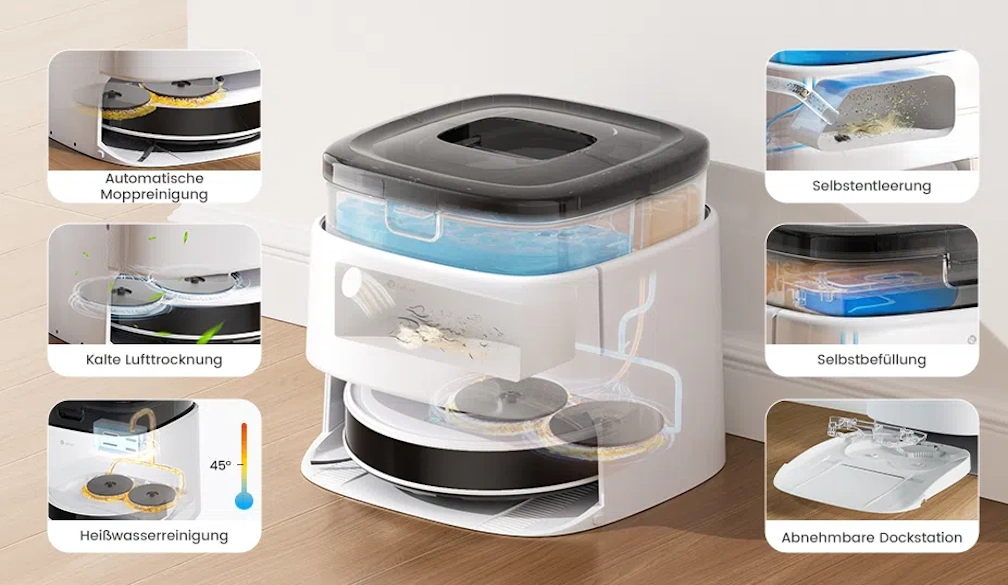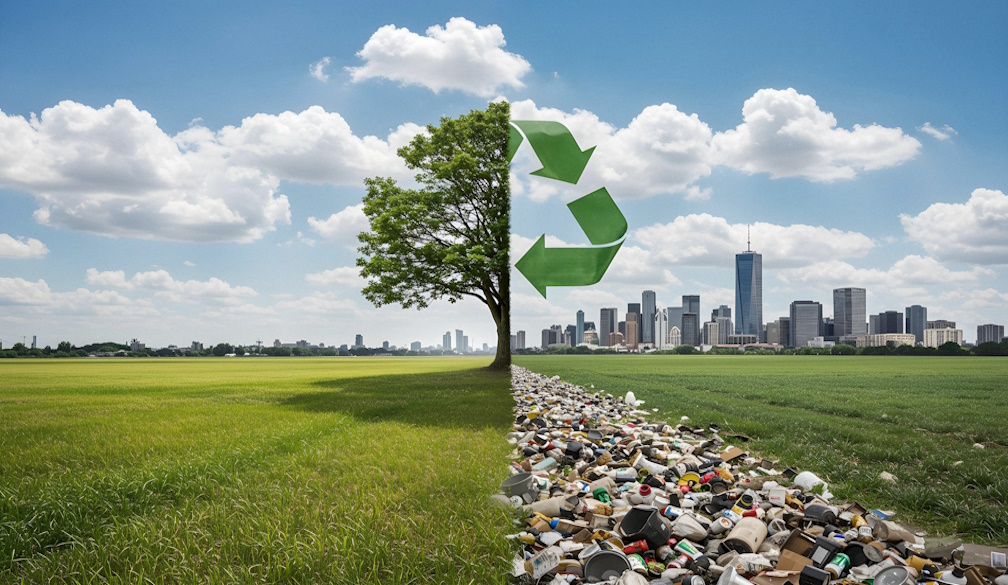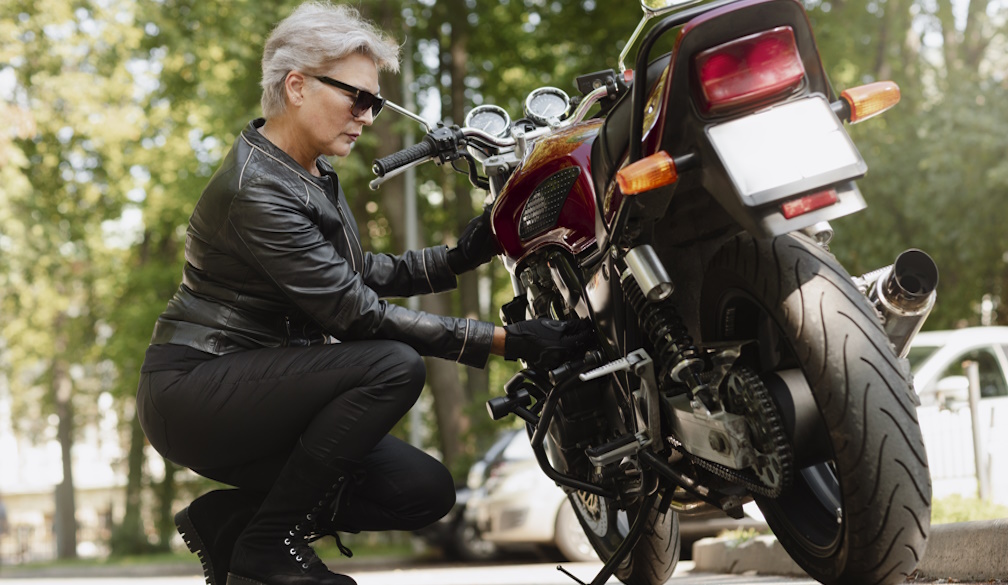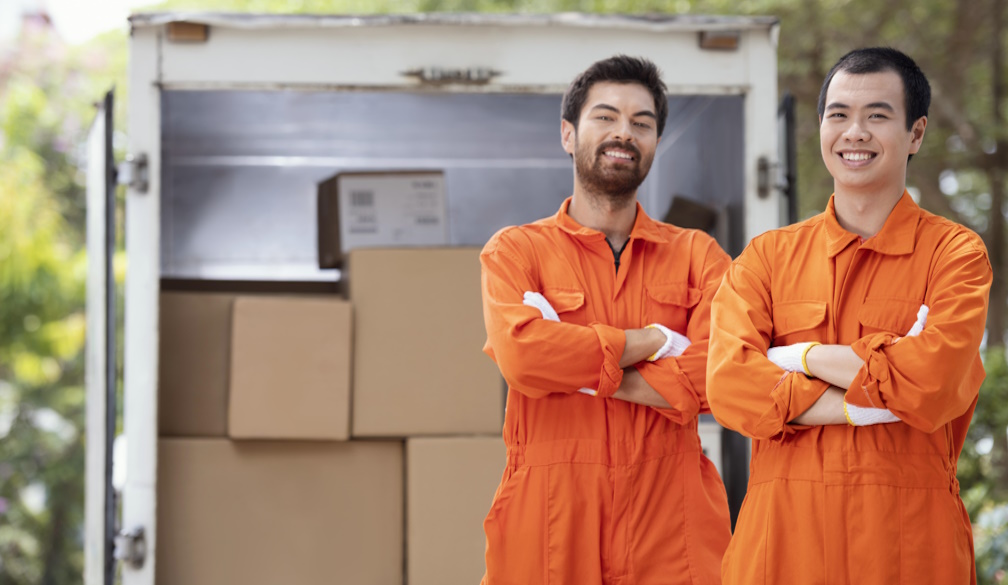Pesky female independent candidates are the PM's latest 'women problem'
- Written by Michelle Grattan, Professorial Fellow, University of Canberra
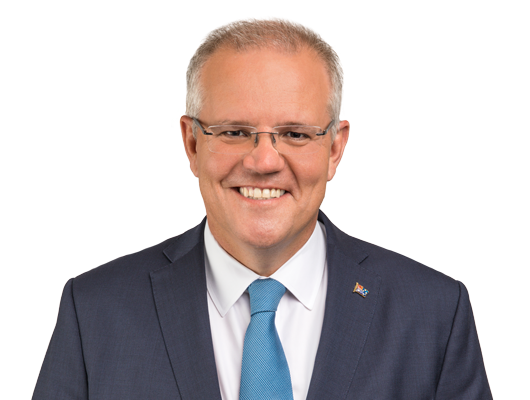
Scott Morrison and his government enter the new year with a fresh iteration of the “women problem”. This is the multiple high-profile female independents contesting a number of Liberal seats.
It’s not that the next parliament is likely to see a big influx of new lower house crossbenchers. ABC election analyst Antony Green points out that, to win, independents in these seats would need a 25-30% primary vote and to push the Liberal vote down to about 45%.
One of these aspirants may succeed, two if they were extremely lucky. Perhaps the drive will end up nothing more than colour and movement.
But however it goes, their challenges bring serious campaign trouble for Morrison.
Strong female candidates casting themselves as representatives, or “voices”, of their communities are standing in North Sydney, Mackellar, Wentworth, Hughes and Hume in NSW, and in Goldstein, Kooyong and Flinders in Victoria.
Their priorities include climate change, integrity and women’s issues.
There’s also Jo Dyer, who was a close friend of the deceased woman who made an allegation of historical rape against Christian Porter (which he denies), standing in Boothby in South Australia. The risk for the government is she might tip that marginal seat to Labor.
Notably, most of these candidates will be extraordinarily well financed, thanks to climate campaigner Simon Holmes à Court’s massive Climate 200 war chest, now totalling $6.5 million and with a target of $20 million.
The Liberals strike a note of outrage about this fund. They weren’t so offended by Clive Palmer’s much larger election spending spree last election, but then that hit Labor.
Fighting the independent candidates will be a costly distraction for the Liberals.
They are pulling out all stops to label the independents a de facto party, with preselections and common talking points.
Morrison declared this week of the “voices” candidates: “They’re the voices of Labor. And if you vote for an independent from that ‘Voices Of’ movement, you may as well vote Labor.”
This smacks of arrogance – a sledgehammer approach. It also has a ring of Chris Bowen’s infamous 2019 line, that those who didn’t like Labor’s franking credits policy “are, of course, perfectly entitled to vote against us”.
But rather than being “voices of Labor”, these candidates are “voices of criticism”, forming a well-resourced, like-minded, often mutually supportive, protest vote.
Read more: What's going on with independent candidates and the federal election?[1]
Years ago the term “doctors’ wives” became fashionable among commentators to describe comfortably off middle-class women in the leafy suburbs likely to vote against the Liberals over the Iraq war (although the phrase went back further).
Today, one Liberal quips, “The doctors’ wives are not just voting against us – they’re standing against us.” These “doctors’ wives” are highly qualified professionals – including a couple of medicos. Monique Ryan, running in Kooyong, is director of the department of neurology at Melbourne’s Royal Children’s Hospital.
For all the Liberals’ sledging of the high-profile independents, these candidates will increase the heat on Morrison over such matters as whether, if re-elected, he’ll continue to refuse to introduce legislation for an integrity commission, on the excuse Labor doesn’t support his model.
In polling done for Climate 200 this month in nine urban and regional electorates in NSW, Victoria and South Australia, voters in most seats rated the Morrison government’s behaviour with regard to integrity and ethics as poor, with the intensity of feeling tending to be strongest in urban seats.
One unknown is the likely gender divide in the coming vote. Morrison is working hard to shore up his support among male “tradies” and the like but, after the year we’ve had on women’s issues, will he lose a significant number of female voters? And in the leafy seats, will women be attracted to these female independents?
The women’s vote is just one of the uncertainties the PM faces as he looks to 2022.
Morrison this week again indicated strongly that he wants the community to put COVID aside – to accept living with the virus. “The cases, when it comes to COVID-19, are now not the primary issue,” he said. What mattered was the impact on the health system and serious illness.
Treasurer Josh Frydenberg declared the states need to “keep calm and carry on”.
The government has made the basic judgment that the community is “over” lockdowns. But with Omicron set to surge, the messages from various governments and authorities will be mixed. The media will feature the case numbers, not just the hospitalisations.
Obviously, the time of “living with COVID” had to come, but it is arriving inconveniently close to both Christmas and the election.
Read more: Farewell to 2021 in federal politics, the year of living in disappointment[2]
With outbreaks and people isolating, the virus will continue to randomly disrupt. Morrison on Thursday had to take a rapid antigen test on the way to making an announcement, after finding he’d been a casual contact of a COVID-positive woman on Wednesday night.
The combination of re-openings and mounting Omicron numbers will likely make for an uncomfortable level of anxiety and confusion for months.
On the other hand, some anxiety might work to Morrison’s advantage, by making voters more likely to stick with the government.
In terms of the electoral map, the government is at a high-water mark in Queensland and Western Australia – its challenge in those states is essentially a defensive one. In NSW, Victoria and Tasmania it will be on the offensive as well as the defensive, in the quest for seats.
Morrison goes into election year in poor shape personally – he has lost a lot of skin over the “lying” tag – and leading a government seeking a fourth term. But he has one well-inflated life raft to climb aboard – the economy.
Thursday’s budget update shows an encouraging rebound after the lockdowns, and forecasts one million jobs being created over four years.
Thursday’s employment figures actually pre-empted the budget update’s forecast of unemployment at 4.5% by mid next year. The latest numbers show the rate was already at 4.6% in November, down from 5.2% in October.
However, slow wages growth remains in prospect, and the opposition will be homing in on this.
There is also the issue of when a re-elected Morrison government would start on budget repair – an awkward question which will be pressed in the election campaign.
The update points to a multi-billion-dollar stash for pre-election sweeteners.
Whether he hangs out for his scheduled March 29 budget, as he appears set to do, or makes a dash for a March poll, Morrison seems likely to produce some tax cuts for low and middle-income earners (although they are not in the update) among his other offerings to voters, in a well-tried election pitch.
Campaigners know that in elections money talks, whether it is in backing local campaigns or in handing out government largesse. What varies from election to election is how loudly.
References
- ^ What's going on with independent candidates and the federal election? (theconversation.com)
- ^ Farewell to 2021 in federal politics, the year of living in disappointment (theconversation.com)




